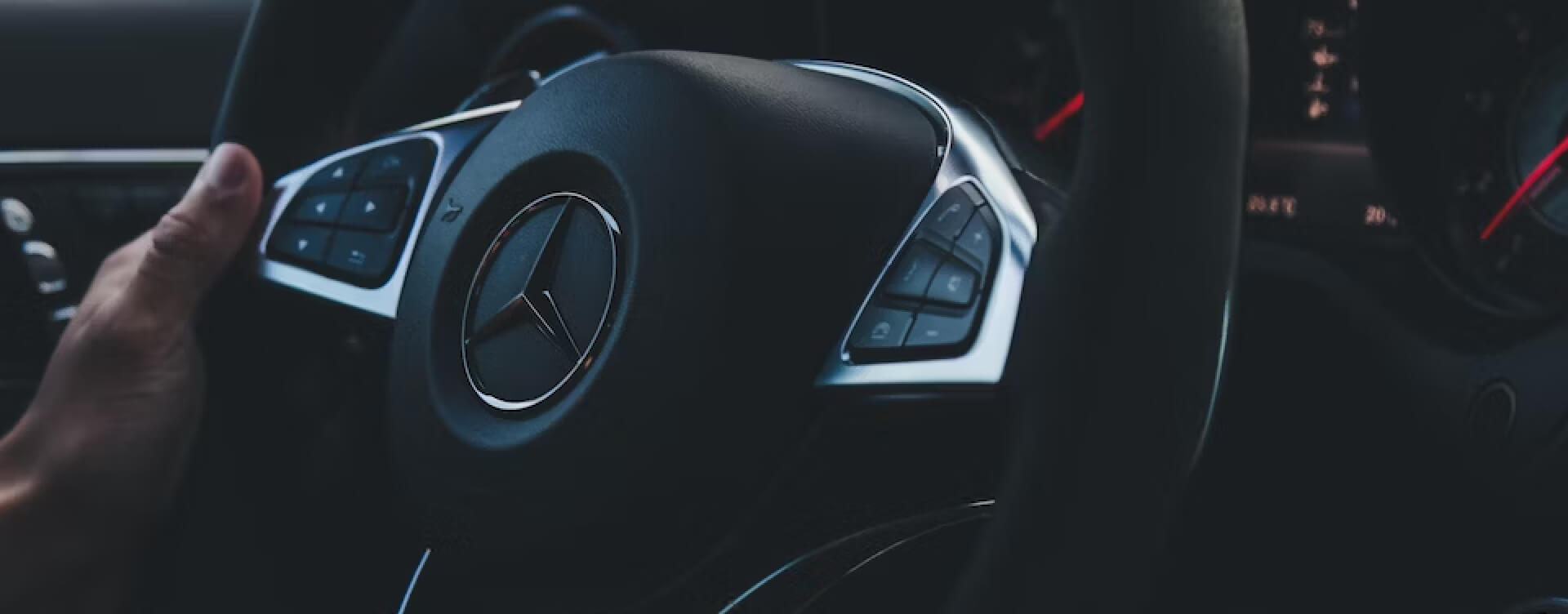Looking for a reliable and affordable used car under $15,000? This guide lists the top affordable used cars, known for their longevity, fuel efficiency, and safety, ensuring you get great value for your money.
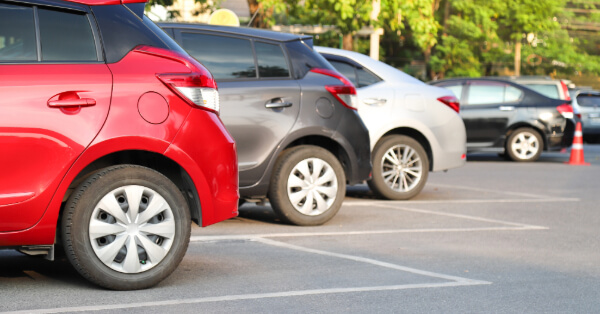
Buying a used car can save you thousands—unless you’re unknowingly purchasing one that’s been damaged by a flood. After major storms or hurricanes, thousands of vehicles are declared total losses due to water damage. While some of these vehicles are sent to salvage yards, others find their way back into the market—sometimes with no obvious signs of what they’ve been through.
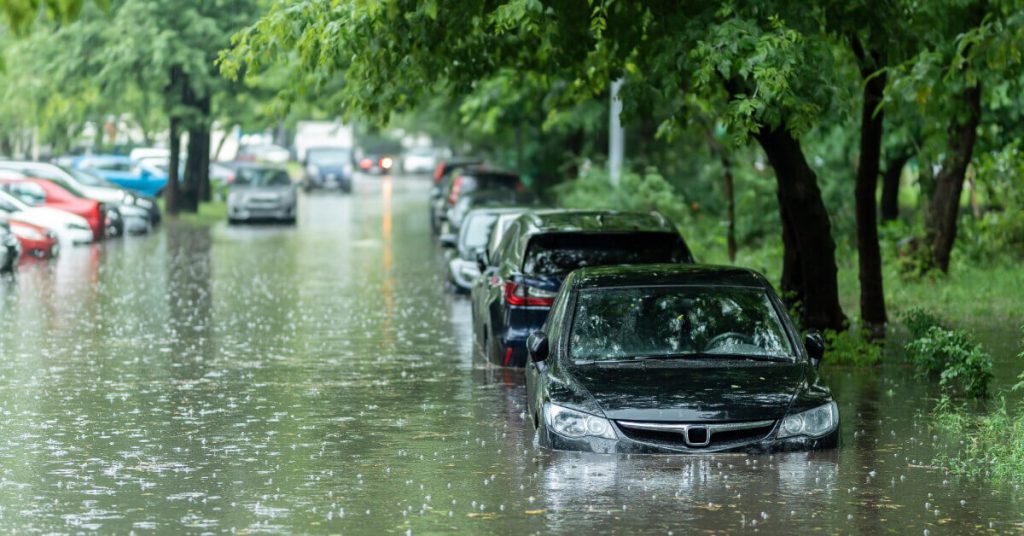
Flood-damaged cars pose serious risks. Corrosion, electrical system failures, and mold growth can lead to long-term headaches and costly repairs. In this guide, we’ll walk you through how to identify the warning signs and avoid making a regrettable purchase.
When a car is submerged in water—especially saltwater—it suffers more than just cosmetic damage. Floodwater can ruin internal systems, compromise electronics, and lead to unseen rust that spreads silently over time. Even worse, some sellers go to great lengths to clean up the exterior while hiding internal water damage.
Many flood-damaged cars are:
Here are some common red flags to look for when inspecting a used vehicle:
A strong odor is often the first sign. If the car smells damp, moldy, or overly perfumed (to mask odor), it could have been exposed to water damage. Sniff around the carpets, trunk, and under seats.
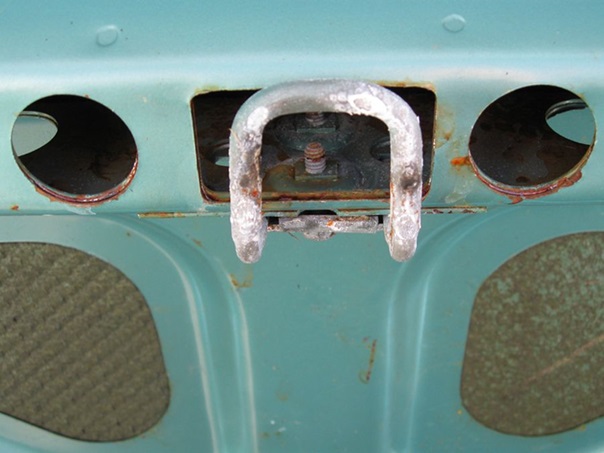
Surface rust on the undercarriage is normal in older cars, but rust in areas like:
could indicate prior submersion.
Inspect the upholstery, carpet, and roof liner. Uneven fading, discoloration, or water marks are major red flags. Check the lower interior door panels and trunk lining, too.
Moisture trapped inside headlights or taillights often points to past water intrusion. Persistent fogging—even after a detail—may suggest the car was submerged.
Floodwaters often leave behind dirt, mud, and debris. Look in hard-to-clean areas like:
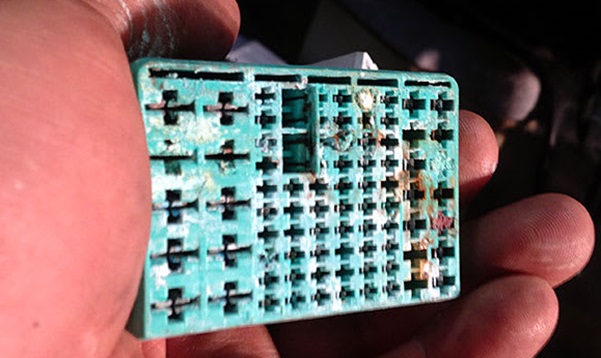
If the windows, locks, dashboard lights, radio, or infotainment system are acting strangely, water damage may be to blame. Electronics are especially vulnerable and may short out over time.
A visual inspection can reveal a lot. Here’s how to go beyond the surface:
Don’t be afraid to ask direct questions. A legitimate seller should have no problem answering:
If the answers seem vague or evasive, walk away.
Before signing anything, verify the vehicle’s background using these tools:
Flood-damaged vehicles are often lurking just below the surface—literally. They may seem like a great deal at first, but they come with serious risks that can cost you far more in the long run. Don’t rely on looks alone. Use your nose, eyes, and questions to dig deeper and make a smart purchase.

Looking for a reliable and affordable used car under $15,000? This guide lists the top affordable used cars, known for their longevity, fuel efficiency, and safety, ensuring you get great value for your money.

Want to find out how to spot the best year-end car deals? This article will guide you through key strategies, including understanding sales cycles, leveraging manufacturer incentives, and perfect timing, ensuring you get a great deal.
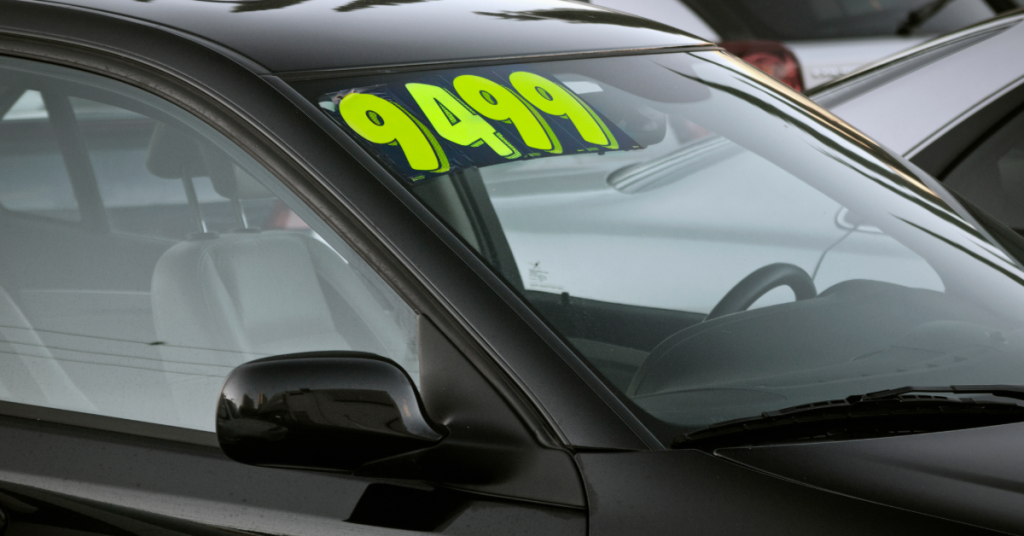
Before stepping into a used car dealer, know the potential pitfalls. This guide will help you understand dealer tactics, hidden fees, and financing tricks, ensuring you make an informed purchase decision.

The ebb and flow of the car market can significantly sway car prices, and savvy shoppers can harness these cycles to their advantage. Let’s uncover the secret times of the year that can help you save money on your next car purchase, and find out the best time of year to buy a car.

In this blog post, we’ll guide you through understanding your car budget, calculating your monthly car payment, exploring factors affecting your car loan, adopting smart shopping strategies, considering alternative financing options, and preparing for future car expenses.
